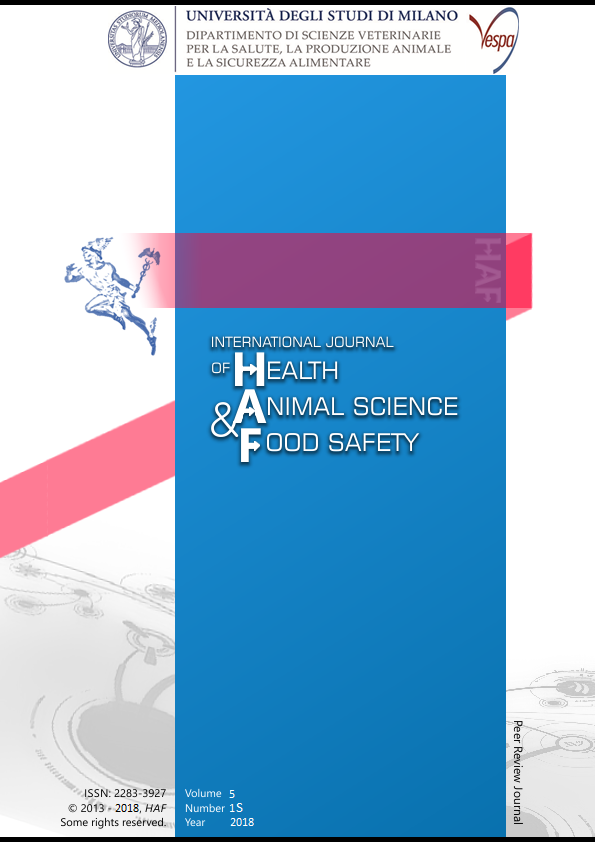Abstract
In livestock, genomics has been used since a decade in combination with phenotypic information for the estimation of breeding values. In honey bees (Apis mellifera), the advantage for including genomics in selective breeding programmes is represented by the possibility to reduce the generation interval and increase the accuracies of estimated breeding values resulting in higher genetic gain (Brascamp et al., 2018). The limit for this application is DNA extraction. Extraction methods for small animals such as insects often rely upon destructive approaches. The challenge is to develop tissue sampling methods that permit the survival of the animal while providing adequate quality DNA for genotyping. Along with previous reports of DNA extraction from several matrices, this study aims to contribute in developing suitable methodologies for genotyping honey bees queens using DNA extracted from wing cuttings (Chaline et al., 2004; Gregory and Rinderer, 2004; Gould et al., 2011). The clipping of the queen wings in beekeeping is a common practice and it ensures the survival and normal activities of the animal (Forster, 1971). A total of 57 queens with known pedigree were enrolled for this study. Wings from each queen were cut and stored at -20°C until processed (Fig. 1). Extractions were carried out using a modified protocol provided by Qiagen (DNeasy® Blood & Tissue). The modification consists in an initial incubation of the samples with proteinase K for 20 minutes, further steps are carried out following the manufacturer’s instructions. To test the suitability of the extracted DNA for genotyping, PCR was performed on Esterase FE4 like gene. Although quantification with NanoDrop™ resulted in <20 ng/μL of DNA in solution, the extracted material was sufficient for PCR amplification of candidate genes for sequencing and genotyping. Our results show that it is possible to extract DNA from wings’ cuttings permitting to implement genomic approaches in honey bee selective breeding. Further work will analyse possible association between genetic variability and phenotypes of interest.
Riferimenti bibliografici
Brascamp, E. W., T. H. V. Wanders, Y. C. J. Wientjes, P Bijma. 2018. Prospects for genomic selection in honey-bee breeding. Proceedings of the World Congress on Genetics Applied to Livestock Productions. 11-16 February 2018.
Châline, N., F. L. W. Ratnieks, N. E. Raine, N. S. Badcock, T. Burke. 2004. Non-lethal sampling of honey bee, Apis mellifera, DNA using wing tips. Apidologie 35: 311-318
Forster, I. W. 1971. Effect of clipping queen honey bees' wings. New Zealand Journal of Agricultural Research. 14:2, 535-537
Gould, E., M. Taylor, S. J. Holmes. 2011.A more consistent method for extracting and amplifying DNA from bee wings. Apidologie 42: 721-727.
Gregory, P. G., T. E. Rinderer. 2004. Non-destructive sources of DNA used to genotype honey bee (Apis mellifera) queens. Entomologia Experimentalis et Applicata 111(3):173-177
This work is licensed under a CC BY-SA 4.0 international

